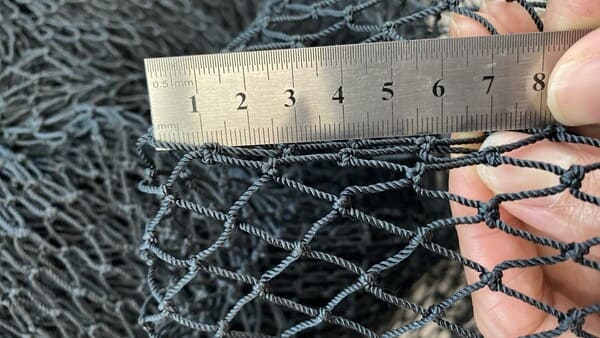Introduction
Explanation of fishing nets and their importance in fishing
Fishing nets are devices made from various materials that are used in fishing to capture fish or other aquatic animals. They come in many different shapes, sizes, and designs, and are typically made from materials such as nylon, polyethylene, or natural fibers like cotton or hemp.
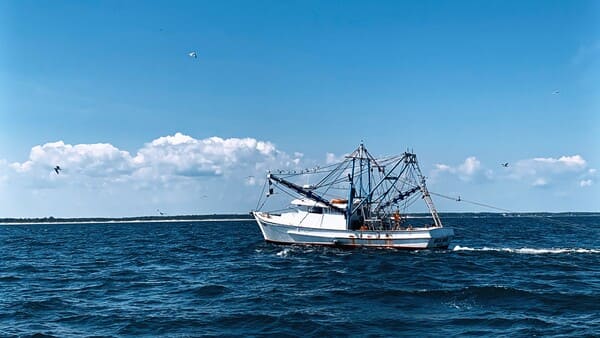
Fishing nets are important in fishing because they allow fishermen to catch large numbers of fish at one time, and can be used in a variety of aquatic environments such as rivers, lakes, and oceans. They are especially useful for catching schools of fish, which can be difficult to catch using other methods like fishing lines and hooks.
Fishing nets work by either being cast into the water and then retrieved by the fisherman or by being set in the water and left to catch fish on their own. When a fish swims into the net, its gills or body become entangled in the mesh of the net, preventing it from swimming away. The fisherman can then retrieve the net and remove the fish that have been caught.

Fishing nets have been used for thousands of years and are an important tool for many fishing communities around the world. However, the use of certain types of fishing nets, such as drift net or gill net, can have negative impacts on the environment and other marine life, as they can catch non-target species and cause damage to marine habitats.
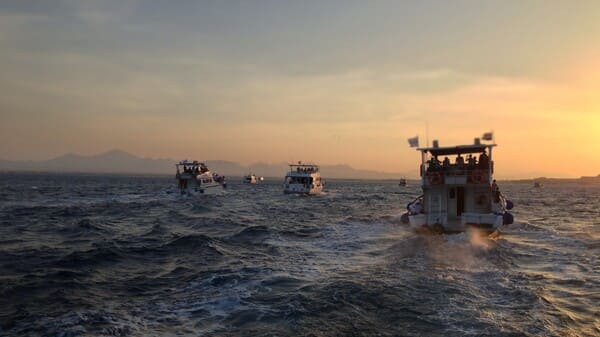
As a result, there are often regulations and restrictions on the use of fishing nets in certain areas or for certain species.
Brief overview of mesh size and why it matters
In the context of fishing nets, mesh size refers to the size of the openings or holes in the netting material. Mesh size is an important factor in fishing because it determines the size of fish that can be caught and the level of selectivity of the fishing gear.
In general, a larger mesh size allows smaller fish to escape through the openings, which can be important for maintaining sustainable fish populations.

On the other hand, a smaller mesh size can be more efficient at catching larger fish, but can also result in the accidental catch of smaller fish and non-target species.
Regulations regarding mesh size are often put in place to promote sustainable fishing practices and prevent overfishing. In some cases, different mesh sizes may be required for different species or fishing methods.
Additionally, mesh size may also be influenced by the type of fishing gear used, such as trawls, gillnets, or seines.

What is Mesh Size?
Definition of mesh size
The mesh size of a fishing net is the distance between two adjacent knots or two knots on the diagonal when the mesh is stretched. The former is called half mesh size, and the latter is called full mesh size.
it is usually measured in inches or centimeters. The mesh size can vary depending on the type of fish being targeted and the fishing method being used.
For example, larger mesh sizes are typically used for catching larger fish such as tuna, while smaller mesh sizes are used for catching smaller fish such as sardines or anchovies.
The mesh size can also vary depending on the regulations of the area where the fishing is taking place.
In general, mesh sizes for commercial fishing nets can range from less than an inch to several inches, while recreational fishing nets may have smaller mesh sizes.
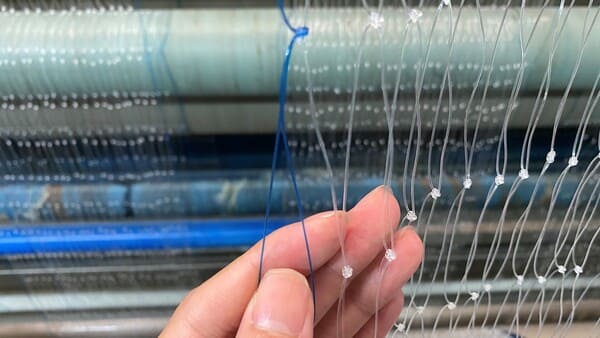
It’s important to note that some areas have restrictions on the minimum mesh size that can be used in order to protect fish populations and ensure sustainable fishing practices.
How mesh size is measured and expressed
The common methods is measured by a ruler or measuring tape. it is usually measured from the center of the knot to knot.
It is expressed in terms of half mesh size and full mesh size.
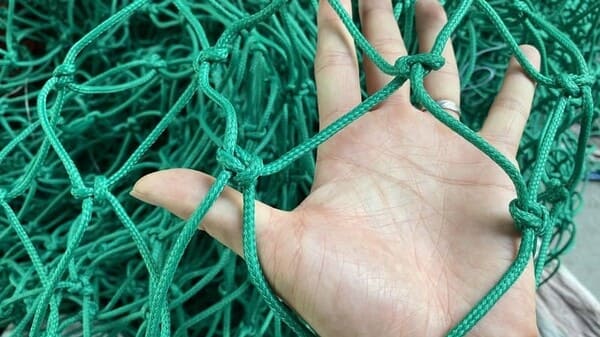
Half mesh size
Half mesh size is measured by knot to knot. it is the distance between two adjacent knots. if it is measured in millimeter, it is expressed as “mmsq”.
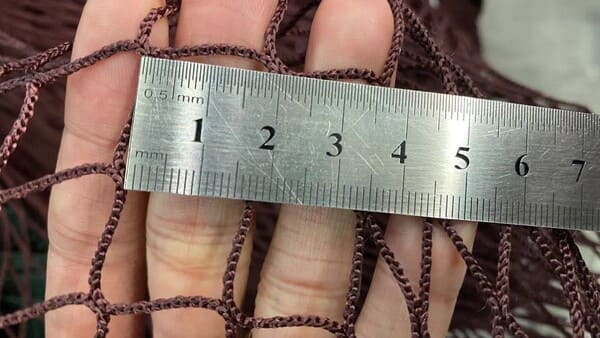
for example, if the half mesh size is 20mm, the mesh size should be expessed as “20mmsq”.
Full mesh size
Full mesh size is measured by the stretched mesh, it is the distance between two knots on the diagonal when the mesh is stretched.
for example, if the full mesh size is 40mm, the mesh size should be expressed as “40mmstr”.
You might have a question, what is the relationship between half mesh size and full mesh size?
Generally speaking, the full mesh size = 2 x half mesh size
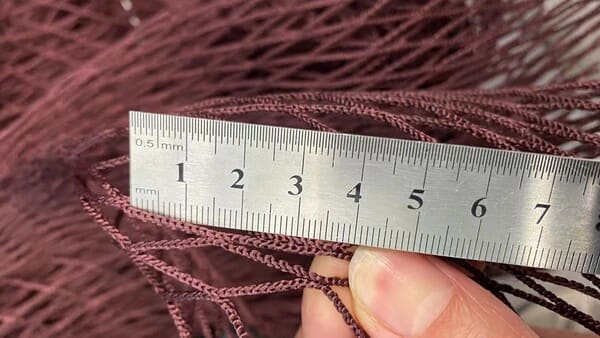
for example, if the full mesh size is 40mm, the half mesh size should be 20mm.
so, 20mmsq is the same meaning of 40mmstr.
Compared to the center to center, there is another measurement: inner knot
it is measured on the inner distance of the knots on the diagonal when the mesh is stretched. it is usually used as the full mesh size.
Explanation of how mesh size affects fishing
Mesh size refers to the size of the openings in a fishing net, and it can have a significant impact on fishing. Here’s how:
Selectivity
Mesh size affects the selectivity of the fishing gear, which refers to the ability of the gear to target specific species or sizes of fish. Smaller mesh sizes are typically more selective, allowing for the capture of smaller fish and the release of larger ones.
Conversely, larger mesh sizes are less selective and may capture a broader range of sizes and species, including unwanted bycatch.

Efficiency
Mesh size also affects the efficiency of the fishing gear. Smaller mesh sizes require more effort to tow through the water and may result in lower catch rates, as they can easily become clogged with debris.
On the other hand, larger mesh sizes can be more efficient, as they allow for a larger volume of water to flow through the net, increasing the chance of catching fish.
Sustainability
Mesh size can have a significant impact on the sustainability of fishing. Smaller mesh sizes can result in overfishing and the depletion of fish populations, as they can capture juvenile or undersized fish.
In contrast, larger mesh sizes may result in the capture of non-target species or bycatch, which can harm ecosystems and reduce biodiversity.
Overall, mesh size is a crucial factor in fishing, and it is essential to choose the appropriate mesh size for the target species, fishing location, and sustainability goals. Fisheries management regulations often set limits on mesh size to ensure sustainable and selective fishing practices.

Factors Affecting Mesh Size
Different types of fish and their sizes
There are countless different species of fish in the world, and their sizes can vary greatly depending on the species. Here are a few examples of some common types of fish and their typical sizes:
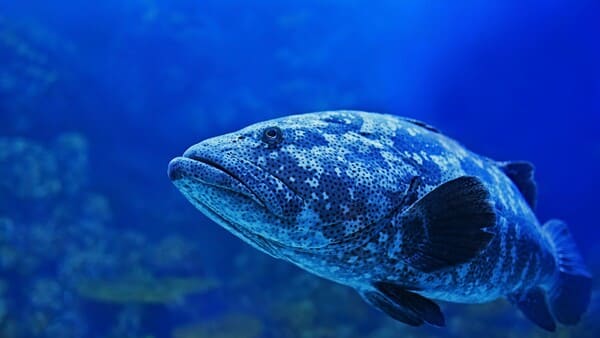
- Bass – Largemouth bass typically range from 12 to 24 inches, while smallmouth bass range from 10 to 20 inches.
- Trout – Rainbow trout range from 8 to 20 inches, while brown trout can range from 10 to 24 inches.
- Catfish – Channel catfish can range from 12 to 24 inches, while blue catfish can grow up to 40 inches or more.
- Walleye – Walleye typically range from 12 to 24 inches.
- Pike – Northern pike can range from 24 to 40 inches.
- Crappie – Black and white crappie typically range from 8 to 14 inches.
- Bluegill – Bluegill typically range from 4 to 8 inches.
- Perch – Yellow perch typically range from 6 to 12 inches.
- Snapper – Red snapper can range from 16 to 30 inches.
- Grouper – Gag grouper can range from 24 to 36 inches.
- Mahi-mahi – Mahi-mahi can range from 20 to 30 inches.
- Tuna – Yellowfin tuna can range from 30 to 60 inches.
- Salmon – Chinook (king) salmon can range from 20 to 40 inches.
- Flounder – Flounder typically range from 12 to 20 inches.
- Halibut – Pacific halibut can range from 20 to 50 inches.
- Swordfish – Swordfish can range from 60 to 120 inches.
- Carp – Common carp can range from 16 to 24 inches.
- Tilapia – Tilapia typically range from 12 to 16 inches.
- Mackerel – King mackerel can range from 24 to 72 inches.
- Barracuda – Barracuda can range from 20 to 60 inches.
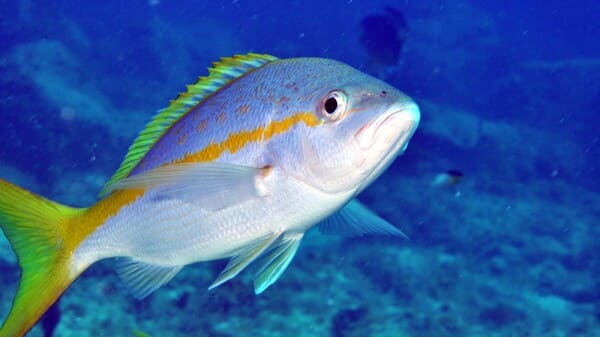
Please note that these are general size ranges and actual sizes may vary depending on the species, location, and other factors.
Fishing regulations and mesh size requirements
Fishing regulations and mesh size requirements vary by location and species, as different fish species have different size and catch limits.

However, here is some general information on fishing regulations and mesh size requirements:
Fishing License
In most locations, a fishing license is required to legally fish. Fishing licenses are issued by state or provincial government agencies and are required for both recreational and commercial fishing.
Size Limits
Many fish species have size limits, which means that you can only keep fish that are above a certain size. This is intended to protect juvenile fish and maintain healthy populations.The size limit can vary by species and location, so it’s important to check your local regulations before you go fishing.

Bag Limits
Bag limits refer to the maximum number of fish you can keep per day. Again, this can vary by species and location. The bag limit is intended to prevent overfishing and ensure sustainable populations of fish.
Mesh Size Requirements
For some fishing methods, such as nets or traps, mesh size requirements are enforced to prevent the catch of undersized or juvenile fish.The mesh size requirements can vary by location and species, and it’s important to follow these rules to ensure sustainable fishing practices.
Catch-and-Release
In many locations, catch-and-release fishing is encouraged or even required. This means that you must release any fish you catch back into the water, especially if they are undersized or not within the bag limit.This helps to protect the fish population and maintain sustainable fishing practices.
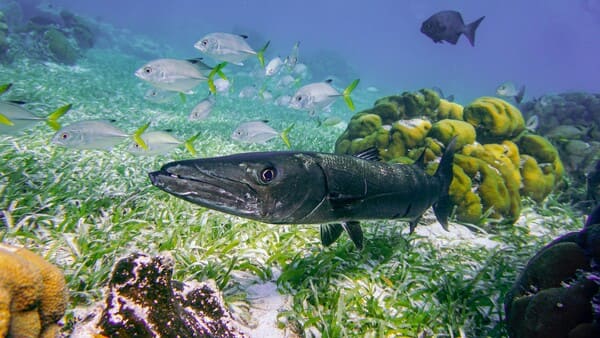
Environmental considerations
Fishing nets can have significant impacts on the environment, especially if they are not designed and used in a sustainable manner. Here are some environmental considerations in fishing net:
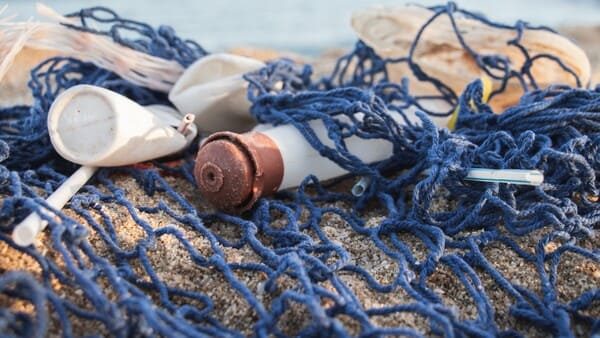
Ghost Fishing
Lost, abandoned, or discarded fishing nets (also known as ghost nets) can continue to trap and kill marine life for years. This can lead to the entanglement and suffocation of not just fish, but also dolphins, whales, turtles, and other marine creatures.
Bycatch
Fishing nets can also unintentionally catch non-targeted species, including endangered or protected species, known as bycatch. This can lead to depletion of the populations of these non-targeted species and disrupt the ecosystem’s balance.
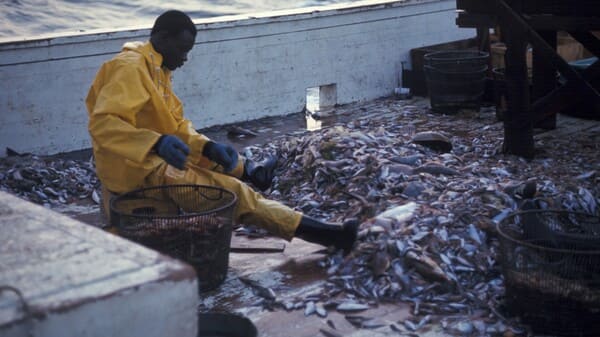
Habitat Destruction
Dragging heavy fishing nets across the ocean floor can cause significant damage to fragile marine habitats, such as coral reefs and seagrass beds, which can lead to the loss of biodiversity.
Plastic Pollution
Many modern fishing nets are made of synthetic materials such as nylon, which can take hundreds of years to break down in the environment, contributing to plastic pollution in our oceans.
To address these environmental concerns, there are various sustainable fishing practices that fishermen and fishing industries can adopt, such as using biodegradable or natural fiber nets, avoiding the use of drift nets, and using smaller mesh sizes to reduce bycatch.
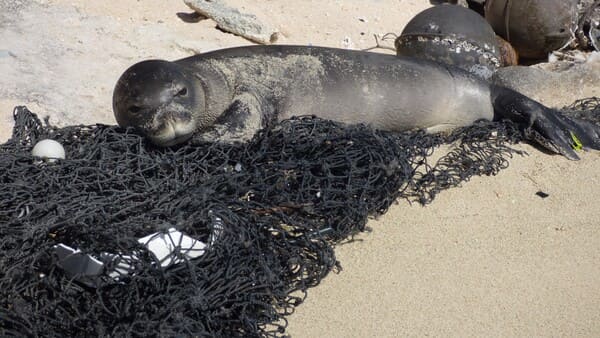
Fishing industries can also establish better management practices, such as monitoring and enforcing regulations on fishing quotas and gear restrictions, to protect the marine ecosystem.
Importance of Mesh Size in Fishing
Impact on sustainability and conservation of fish populations
Fishing nets can have a significant impact on the sustainability and conservation of fish populations, depending on how they are used and managed. Here are some ways that fishing nets can affect fish populations:
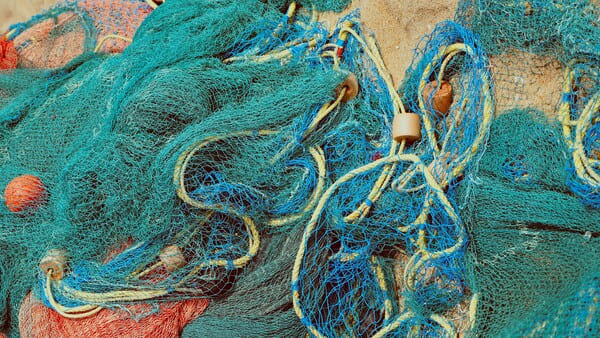
Overfishing
Fishing nets can be used to catch large quantities of fish, which can lead to overfishing if not managed properly.Overfishing occurs when the fishing effort exceeds the reproductive capacity of the fish population, resulting in a decline in fish stocks.
Bycatch
Fishing nets can also catch unintended species, known as bycatch. Bycatch can include non-target fish species, marine mammals, sea turtles, and seabirds.Bycatch can have negative impacts on these species, especially if they are endangered or threatened.
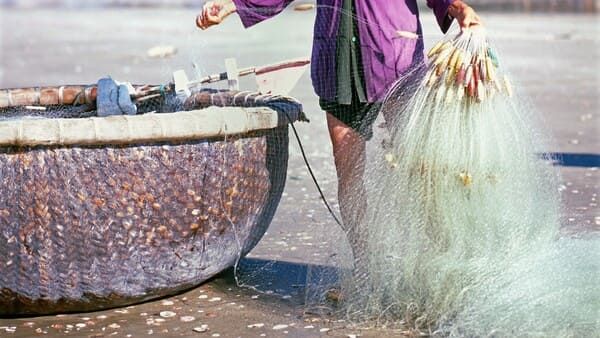
Habitat destruction
Certain types of fishing nets, such as bottom trawls, can cause damage to seafloor habitats. This can affect the entire ecosystem, including fish populations.
Ghost fishing
Abandoned or lost fishing nets, also known as ghost nets, can continue to catch and kill fish, crustaceans, and other marine life.Ghost fishing can contribute to overfishing and can harm already endangered species.
Selective fishing
However, fishing nets can also be used selectively to target specific fish species or sizes, which can help to reduce bycatch and overfishing.
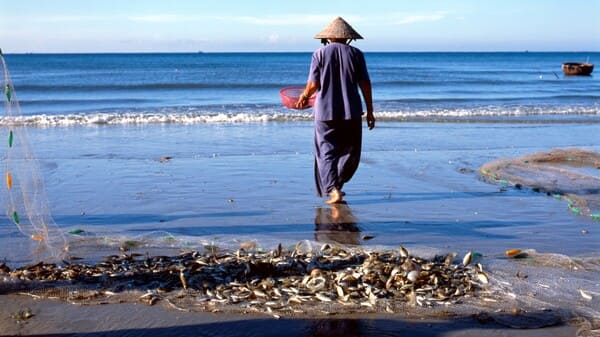
In summary, fishing nets can have a significant impact on the sustainability and conservation of fish populations.
Sustainable fishing practices that minimize bycatch, reduce overfishing, and avoid habitat destruction are crucial for ensuring the long-term health of our oceans and fish populations.

Importance of using the right mesh size for the right type of fishing
Using the right mesh size is crucial for sustainable and responsible fishing practices. The mesh size of fishing nets determines the size of the fish that can be caught, and using the wrong mesh size can lead to overfishing, by allowing the capture of immature fish, undersized fish, or non-targeted species, which can lead to the depletion of fish populations.

Using a larger mesh size than necessary can also result in increased bycatch, the unintentional capture of non-target species such as sea turtles, dolphins, and sharks, which can be injured or killed in the process.
In contrast, using a smaller mesh size than necessary can result in the capture of small, immature fish that have not yet had a chance to reproduce, which can further deplete fish populations and negatively impact the health of the marine ecosystem.
Therefore, it is important for fishermen to use the right mesh size for the type of fishing they are doing, taking into consideration the species being targeted and any regulations or restrictions that may be in place.
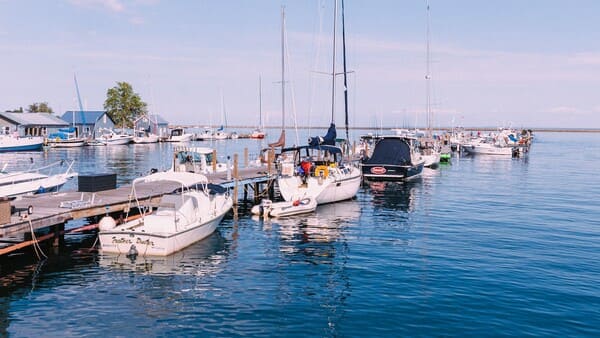
By using the appropriate mesh size, fishermen can help to promote sustainable fishing practices and protect the long-term health of our oceans and fisheries.
Role of mesh size in reducing bycatch and discards
The mesh size of fishing nets plays a critical role in reducing bycatch and discards in fisheries. Bycatch refers to the unintentional capture of non-target species, while discards are the unwanted catch that is thrown back into the sea.
Both bycatch and discards can have significant negative impacts on marine ecosystems and can result in the wasteful depletion of fish populations.
Using the right mesh size in fishing nets can help to reduce bycatch and discards by allowing for the selective capture of targeted species while minimizing the capture of non-targeted species.
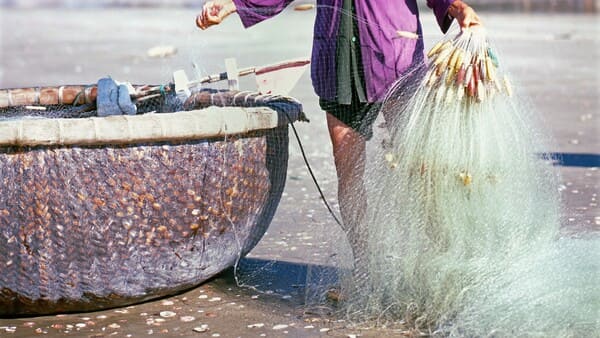
The appropriate mesh size can allow smaller and non-commercial fish to escape, while still retaining the larger and more valuable fish.
For example, the use of larger mesh sizes in trawl nets can allow smaller fish to escape and reduce the amount of bycatch. Similarly, the use of square mesh panels in gillnets can also reduce bycatch by allowing smaller fish to pass through while still capturing larger target species.

Furthermore, using the appropriate mesh size can help to improve the overall health of the marine ecosystem by reducing the impact of fishing on non-target species, such as endangered or protected species, and can promote more sustainable fishing practices.
In conclusion, the selection of an appropriate mesh size for fishing nets is an important consideration for reducing bycatch and discards in fisheries and for promoting the long-term sustainability of marine ecosystems.
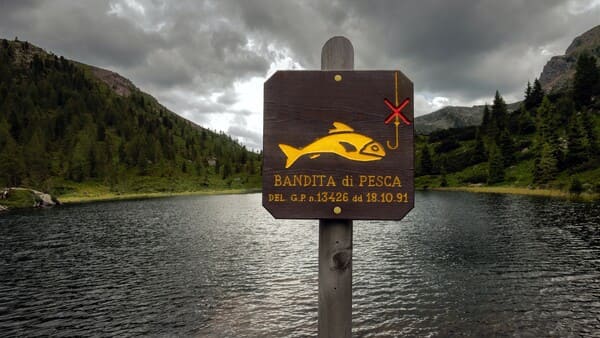
Mesh Size and Fishing Techniques
Different types of fishing techniques and their mesh size requirements
Different fishing techniques require different mesh sizes to ensure the selective capture of target species and reduce the capture of non-target species. Here are some examples:
Trawling
Trawling involves dragging a net through the water to capture fish. The mesh size of the net varies depending on the type of fish being targeted.Larger mesh sizes are typically used for larger fish such as cod or haddock, while smaller mesh sizes are used for smaller fish such as shrimp or squid.
Gill net
gill net involves suspending a net vertically in the water to capture fish as they swim into it. The mesh size of the net is important in determining the size and species of fish that are caught.
Gill net with smaller mesh sizes are often used for species such as herring or mackerel, while larger mesh sizes are used for species such as tuna.
Purse seine

The mesh size requirements of purse seine nets can vary depending on the regulations in the particular fishing area and the target species.In general, the mesh size is chosen to allow smaller, non-target fish to escape while retaining the target species.
This is important for the sustainability of the fishery and to minimize the impact on the ecosystem.For example, the European Union has established minimum mesh size regulations for purse seine nets in their waters.
The mesh size must be at least 40 mm for pelagic species, and at least 60 mm for demersal species. Other countries and organizations may have different regulations.
Potting
Potting involves setting a trap on the seabed to capture fish. The mesh size of the trap can vary depending on the species being targeted.Smaller mesh sizes are often used to capture species such as crabs or lobsters, while larger mesh sizes are used for species such as cod or haddock.
In general, the mesh size of fishing gear should be chosen carefully to ensure the selective capture of target species and minimize the capture of non-target species.
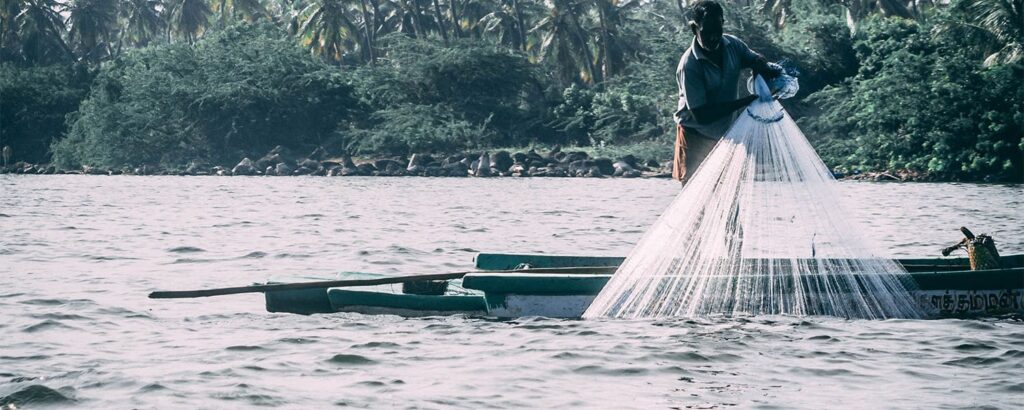
Fisheries management regulations and guidelines often specify mesh size requirements for different fishing techniques to promote sustainable and responsible fishing practices.
Comparison of mesh size in different types of fishing nets
Mesh size is an important factor in the design and function of different types of fishing nets. The mesh size determines the size of fish or other aquatic organisms that can be caught, and also affects the selectivity of the net. Here is a comparison of mesh size in different types of fishing nets:
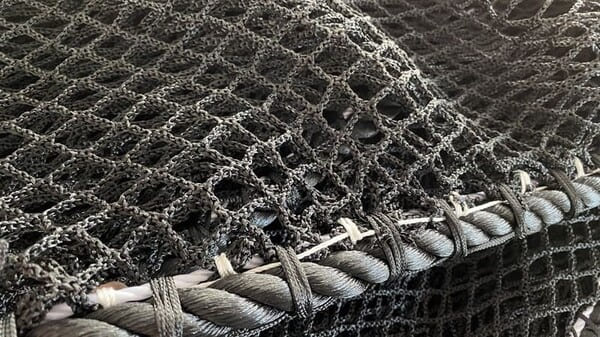
Trawl nets
Trawl nets are used for catching fish and other aquatic organisms in open water. They have a large funnel-shaped mouth that is towed behind a boat or vessel.The mesh size of trawl nets can vary widely depending on the target species, but typically ranges from 20 mm to 200 mm.
Smaller mesh sizes are used to catch smaller fish or shrimp, while larger mesh sizes are used for larger fish.Generally, the mesh size of the cod end would be smaller, the mesh size should be small enough to keep the fish from runny away.

The mesh size of other parts could be a liltte larger, because small mesh will reduce the speed of fishing in the water.
Gill nets
Gill nets are vertical nets that are anchored to the bottom of a water body and held in place by floats at the top. Fish and other aquatic organisms swim into the net and become entangled in the mesh.Gill nets are designed to be selective, allowing certain size fish to pass through the net while catching others.
Mesh sizes for gill nets can vary from 10 mm to 200 mm, depending on the target species and the level of selectivity required.The mesh size is much more important to the gill net than other fishing net, because it is used to catch the fish by their meshes. The fishing net in different mesh size is used to catch fishes in different size.So the fishermen need gill fishing net in many different mesh size for different season.

They should used the fishing net in suitable mesh size to catch the target fish in the specific season.If you want to do business in the gill net, you should be familar with the mesh size of all the season in your market.The season is also very important, the fishing net in some mesh size might be hot sale in April, but same net might be not sold well in August.
Seine net
Seine net is used for catching fish and other aquatic organisms in shallow waters. They consist of a long net that is pulled through the water by two boats, enclosing a large area of water.The mesh size of seine net can range from 10 mm to 50 mm, depending on the target species and the level of selectivity required.
As usual, the seine net is sewed by several different pieces of fishing net in different mesh size. The mesh size of fishing net in the center might be smaller, it is close to the size of target fish.

And the mesh size of fishing net in the edge should be a little larger, because it could increase the speed of fishing, which is very important for the seine net.
In general, smaller mesh sizes are used for catching smaller fish or shrimp, while larger mesh sizes are used for larger fish. The mesh size also affects the level of selectivity of the net, with smaller mesh sizes generally being more selective.

However, smaller mesh sizes can also result in more bycatch (unintended catch of non-target species), which can be a concern for conservation and sustainability.
It is important to carefully consider the mesh size when designing and using fishing nets to ensure that they are effective and sustainable.

Mesh Size and Fishing Industry
How mesh size regulations vary across different regions and countries
Mesh size regulations for fishing nets vary across different regions and countries, as they are often based on the types of fish and other aquatic organisms that are caught in those areas, as well as the conservation and management goals of those regions.
Here are a few examples of how mesh size regulations can vary across different regions and countries:
Europe
In the European Union, there are regulations that set minimum mesh sizes for different types of fishing nets.

For example, the minimum mesh size for trawl nets that are used in certain areas of the North Sea is 100 mm, while the minimum mesh size for gill nets that are used to catch cod in the Baltic Sea is 120 mm.
These regulations are designed to help protect fish stocks and ensure sustainable fishing practices.
United States
In the United States, mesh size regulations are set by regional fishery management councils.
For example, the Gulf of Mexico Fishery Management Council has set minimum mesh sizes for shrimp trawl nets, with a minimum size of 40 mm in some areas and 32 mm in others.

These regulations are designed to reduce bycatch of juvenile fish and other non-target species.
Australia
In Australia, the mesh size of fishing nets is regulated by the Australian Fisheries Management Authority (AFMA).The AFMA sets minimum mesh sizes for different types of fishing gear, including gill nets, seine nets, and trawl nets.
For example, the minimum mesh size for gill nets that are used to catch black bream in Western Australia is 70 mm. These regulations are designed to protect fish stocks and reduce bycatch.

Overall, mesh size regulations vary widely across different regions and countries and can be influenced by factors such as the types of fish and other aquatic organisms in the area, conservation and management goals, and the type of fishing gear used.
It is important to be aware of these regulations and to comply with them in order to ensure sustainable fishing practices and protect aquatic ecosystems.
Impact of technological advancements on mesh size and fishing practices
Technological advancements have had a significant impact on the mesh size and fishing practices in the fishing industry.

One of the main impacts has been the development of more efficient fishing gear, including nets and traps, which have allowed for the capture of a greater quantity of fish in a shorter period of time.
This has led to overfishing and depletion of fish stocks in some areas, as fishermen can catch more fish than is sustainable.
Another impact has been the ability to use more precise mesh sizes, which allows fishermen to target specific species while minimizing the bycatch of non-targeted species.
For example, using smaller mesh sizes can help reduce the capture of juvenile fish, allowing them to grow and reproduce before being caught.

Advancements in sonar and other fish-finding technology have also had an impact on fishing practices. These technologies allow fishermen to locate schools of fish more accurately and efficiently, which can increase catch rates.
However, the use of these advanced technologies can also have negative impacts on the marine environment. For example, some sonar systems can be harmful to marine mammals and disrupt their natural behavior patterns.
In addition, the use of larger, more efficient fishing vessels and gear can have a significant impact on the physical structure of the ocean floor, damaging habitats and destroying sensitive ecosystems.

Overall, technological advancements have both positive and negative impacts on the fishing industry and the marine environment. It is important to carefully manage and regulate these advancements to ensure that they are used in a sustainable and responsible manner.
MESH SIZE AND production
process control with the mesh size in production
The mesh size is one of the most important specifications of fishing net. So it is very important to confirm it before production.

1.Weaving
the technical team will make a process for the weaving, including the mesh size. As usual, the mesh size in weaving is a little larger than the actual size of the fishing net. Because the mesh will be shrinked during heat treatment in the length strength or depth strength.
The shrinkage of different types of fishing net is also a little different. The shrinkage of knotless material is usually more than other types of fishing net. And the material of fishing net is also a factor which should be considered.
2.Heat treatment

The heat treatment in length strength or depth strength will also change the mesh size. The material, heat temperature, speed and pressure are all the key factors in this step.
The mesh size will be stable after this step. So the mesh size should be the same size required.
Quality control the mesh size
It is difficult to change the mesh size after production, so it is very important to control the mesh size in each steps during production.

There are several key steps to control the mesh size, and the quality team should have the record carefully.
1.weaving
When the weaving is stalbe, the QC should measure the mesh size of the fishing net and check if it could meet the requirements of the the process document.
The quality team should measure the mesh size each shift. If there is any problem, they should stop the weaving and report it to the manager.

2.heat treatment
The heat treatment is a key process in the production. As usual, the mesh size would not change after suitable heat treatment process. To make sure the mesh size is correct in the production, the quality team should measure the size carefully.
If the mesh size is out of the allowable deviation, the quality team should report it to the production, quality and technical manager as soon as possible.
They should stop the production and have an anlysis at once. Then they should make a solution and change the process.
3.warehouse
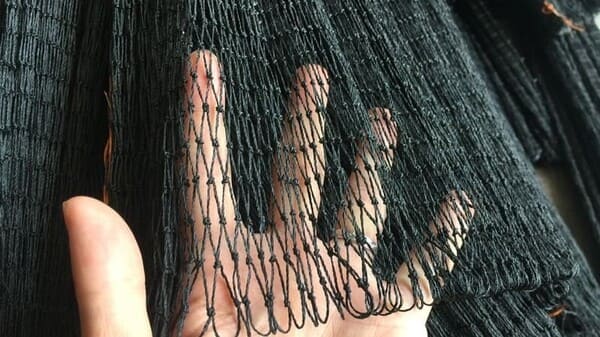
Generally, if there is no problem in weaving and heat treatment, the mesh size will be OK.
However, if the heat treatment process is not good, the mesh would be shrinked in a week after heat treatment. And it could not be found in the heat treatment.
It need be found after several days, So the result of the measurement after heat treatment is not the final quality measurement. It should be check in final one week later in the warehouse.
If the mesh size is the same size, the quality is OK in final.

Conclusion
The mesh size is very important to the fishing net, because it matters to the profit of the fishing.
Suitable mesh size can help you catch your target fish, reduce the bycatch. it can reduce your work to select your target fish, and also can reduce the waste.
It is also important to consider the regulation in your market. Some mesh size might be forbidden by the government to protect the fish population.

The captured fish might be different in the different season, so you should be clear about the mesh size for different season.
Besides the benifit from the fishing, we also shoud consider the impact on sustainability and conservation of fish populations. Try all our best to reduce the overfishing is also very important for all of us.
The last one, most of fishing net is made of plastic, we should use the fishing net carefully. Because the fishing net would cause plastic pollution. Environment protection is the responsibility of all of us.


